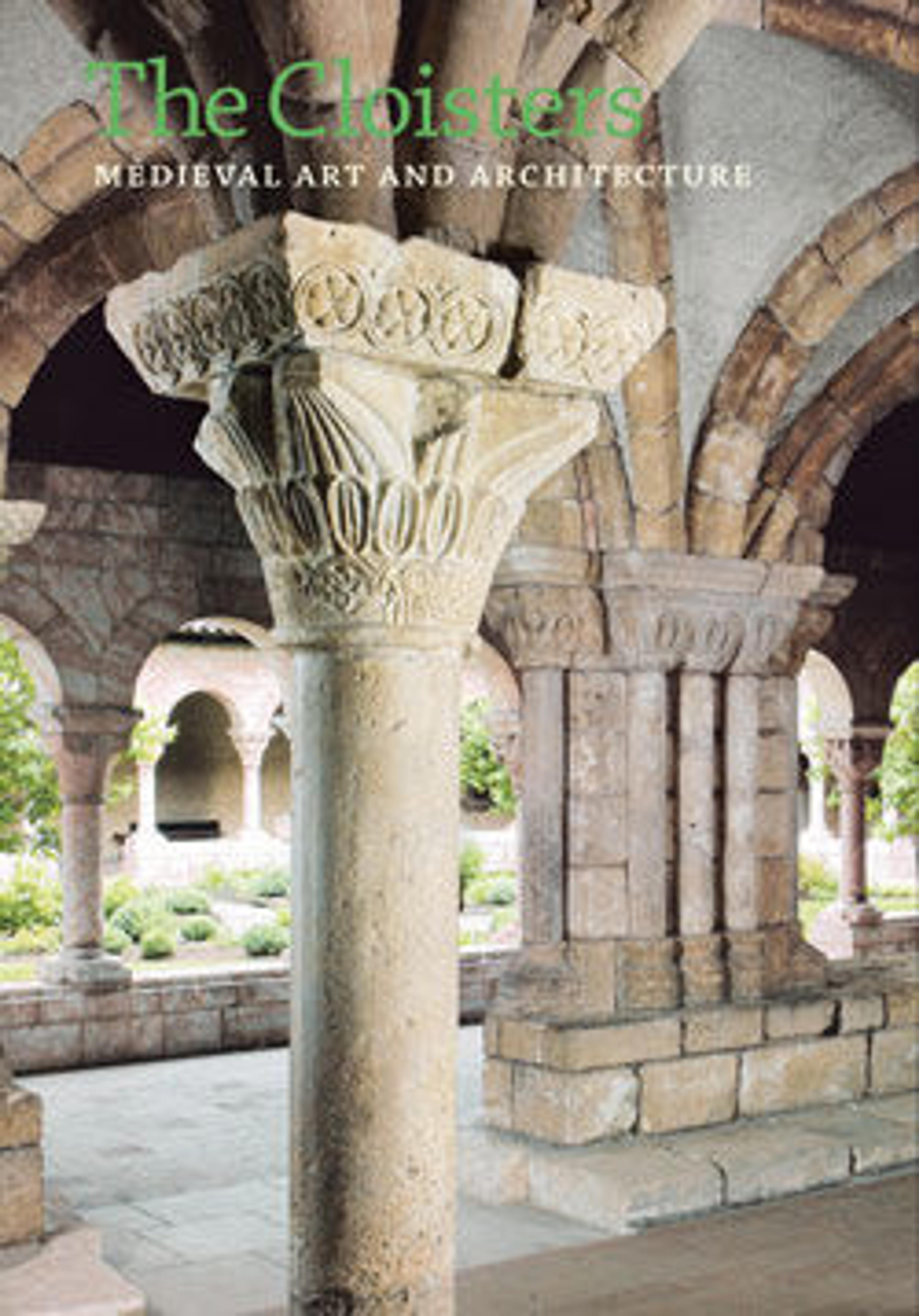The Agony in the Garden
Seven scenes from the private chapel of the Ebreichsdorf castle are installed in the Gothic Chapel. Representing episodes from the life of Christ—the Annunciation, Adoration of the Magi, Presentation in the Temple, Baptism, Agony in the Garden, Trial before Pilate, and Harrowing of Hell—they constitute almost all of the surviving stained glass program. The scenes are organized into vertical groups of four rectangular panels, arranged two over two; the lower panels in each group are narrative, while the upper panels represent architectural canopies. Most of the narrative panels contain a single scene, as is the case with the Annunciation, which was originally paired with a Visitation (now in Vienna). Others, however, combine to form a unified episode, such as the Adoration of the Magi.
The glazing program of the chapel has been attributed to a "ducal workshop" favored by the local nobility and best known for its use of rich colors, fanciful architectural forms, and elegant figural styles.
The glazing program of the chapel has been attributed to a "ducal workshop" favored by the local nobility and best known for its use of rich colors, fanciful architectural forms, and elegant figural styles.
Artwork Details
- Title:The Agony in the Garden
- Date:ca. 1390
- Geography:Made in Lower Austria
- Culture:Austrian
- Medium:Pot-metal and colorless glass, vitreous paint and silver stain
- Dimensions:28 11/16 x 12 1/2in. (72.8 x 31.7cm)
- Classification:Glass-Stained
- Credit Line:The Cloisters Collection, 1986
- Object Number:1986.285.5
- Curatorial Department: Medieval Art and The Cloisters
More Artwork
Research Resources
The Met provides unparalleled resources for research and welcomes an international community of students and scholars. The Met's Open Access API is where creators and researchers can connect to the The Met collection. Open Access data and public domain images are available for unrestricted commercial and noncommercial use without permission or fee.
To request images under copyright and other restrictions, please use this Image Request form.
Feedback
We continue to research and examine historical and cultural context for objects in The Met collection. If you have comments or questions about this object record, please contact us using the form below. The Museum looks forward to receiving your comments.
